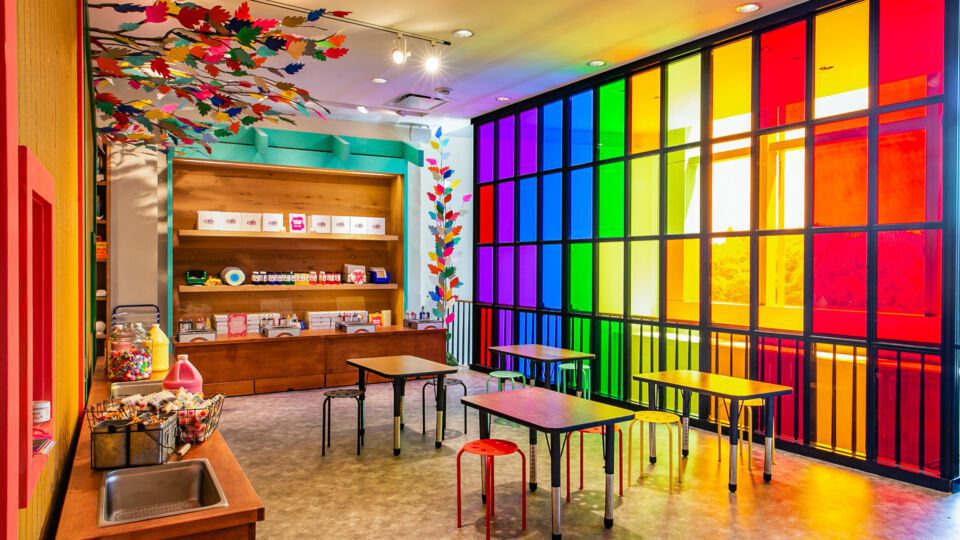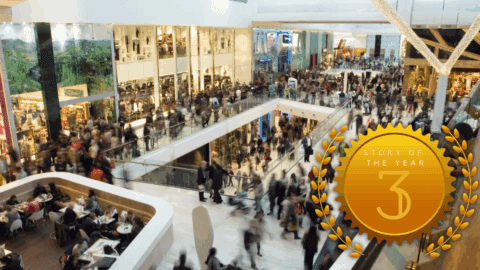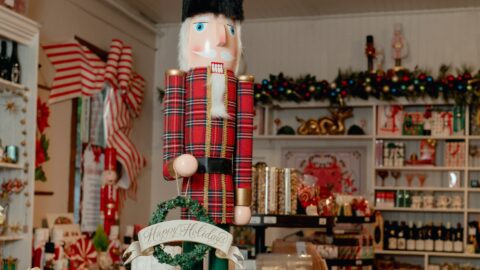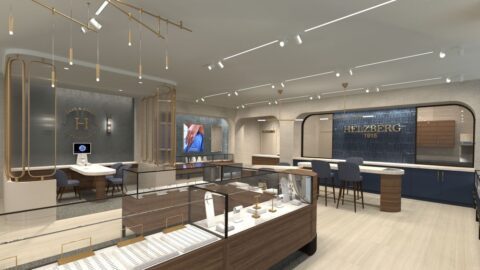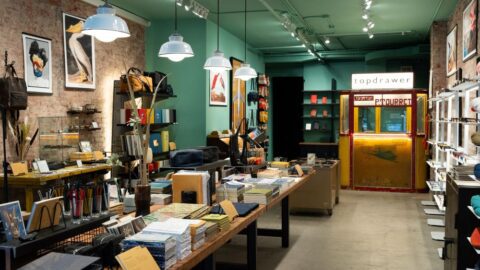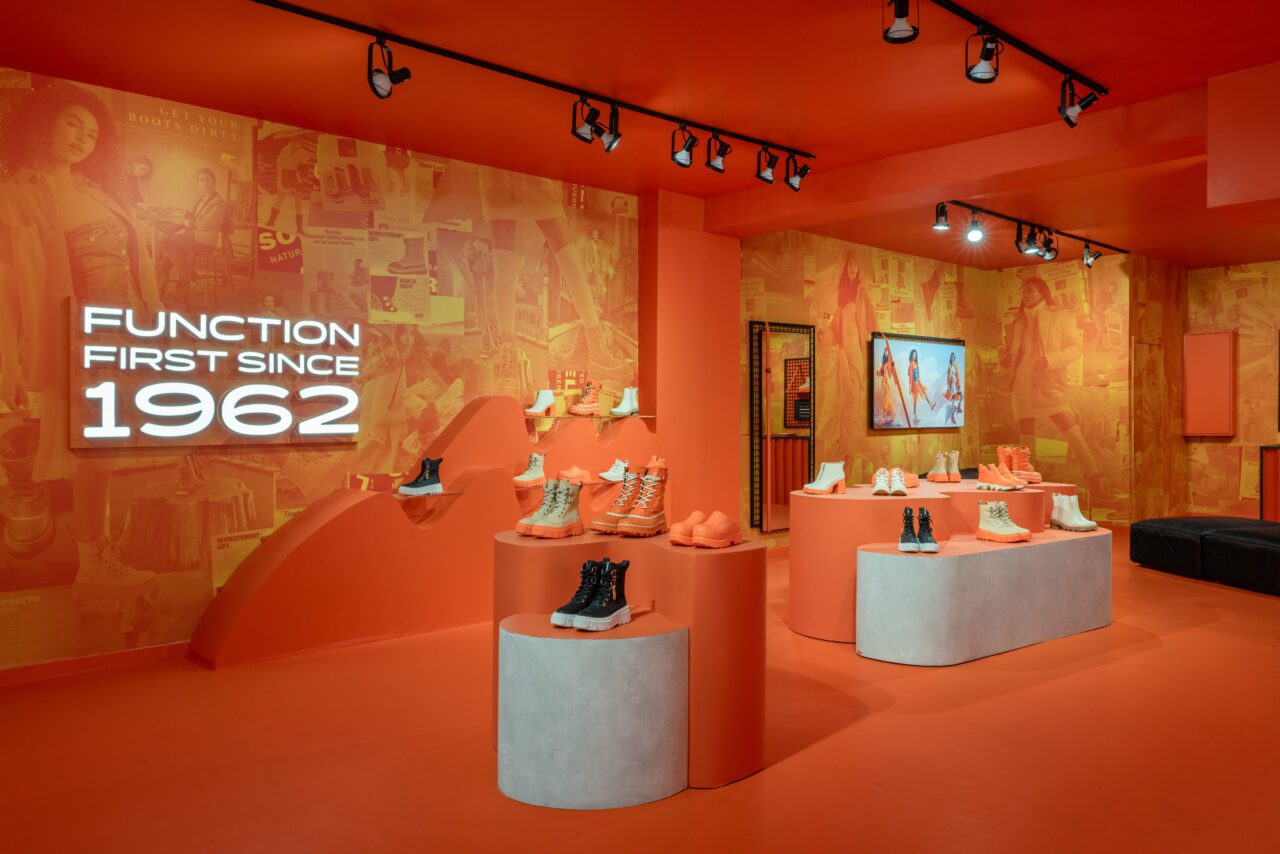
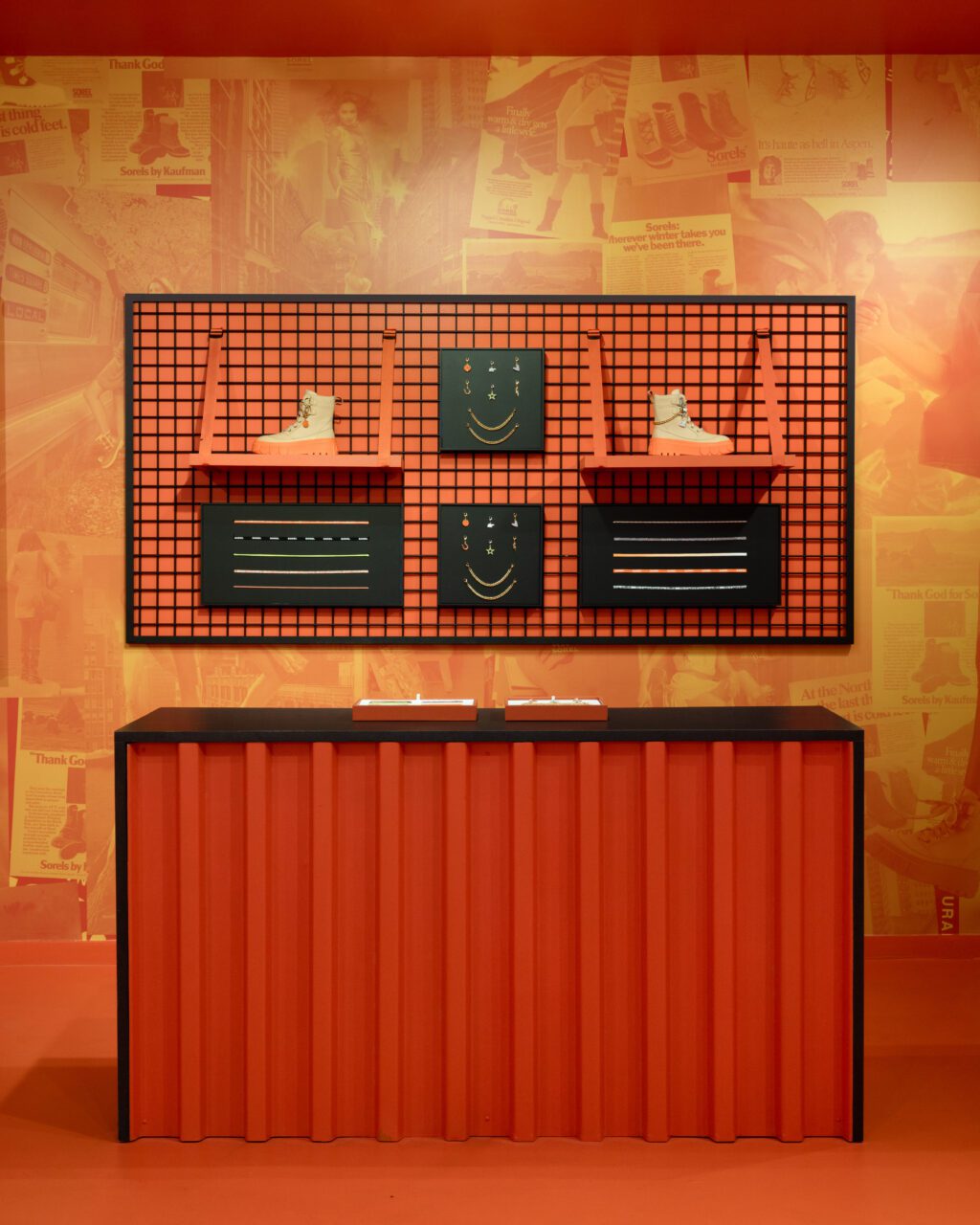
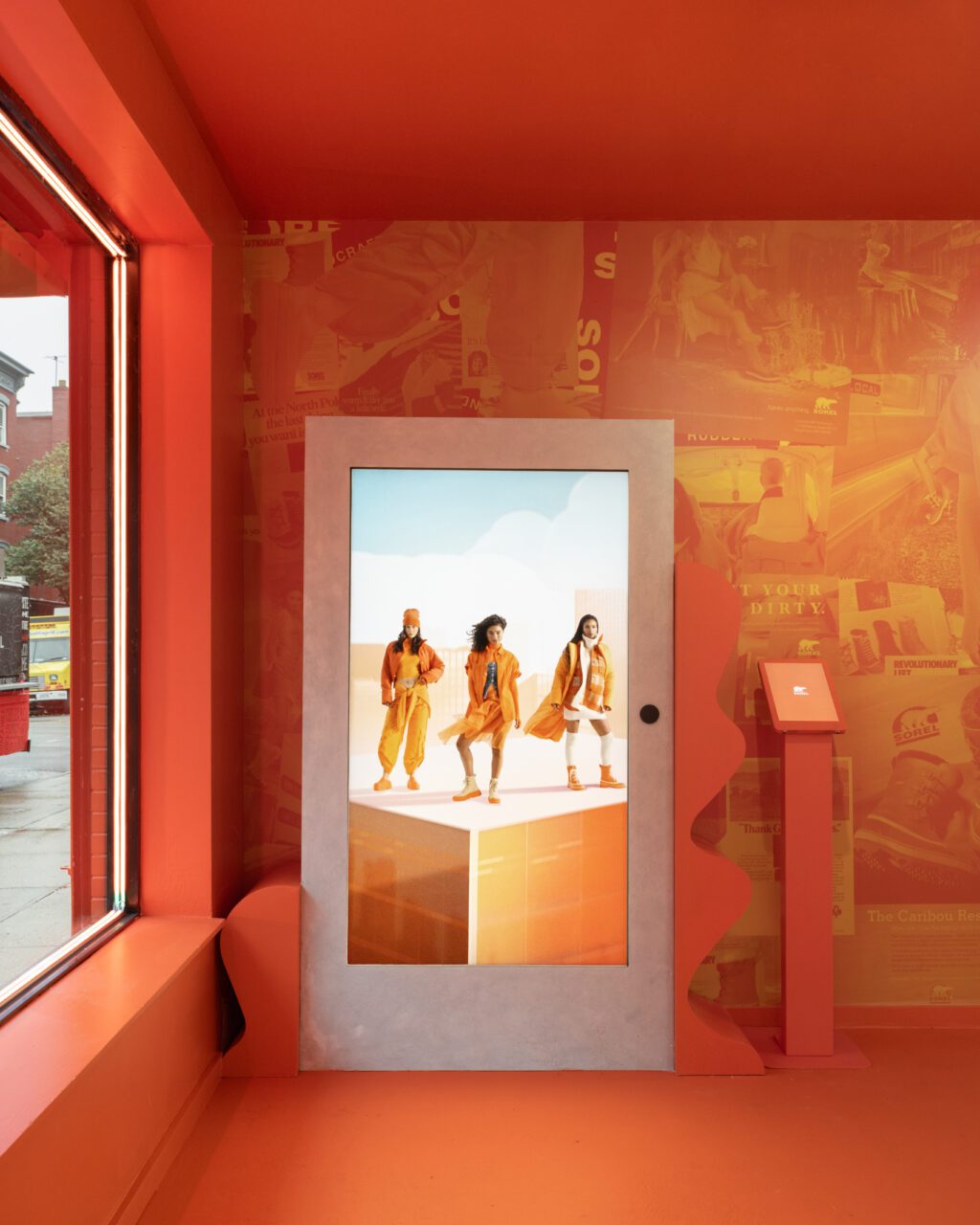
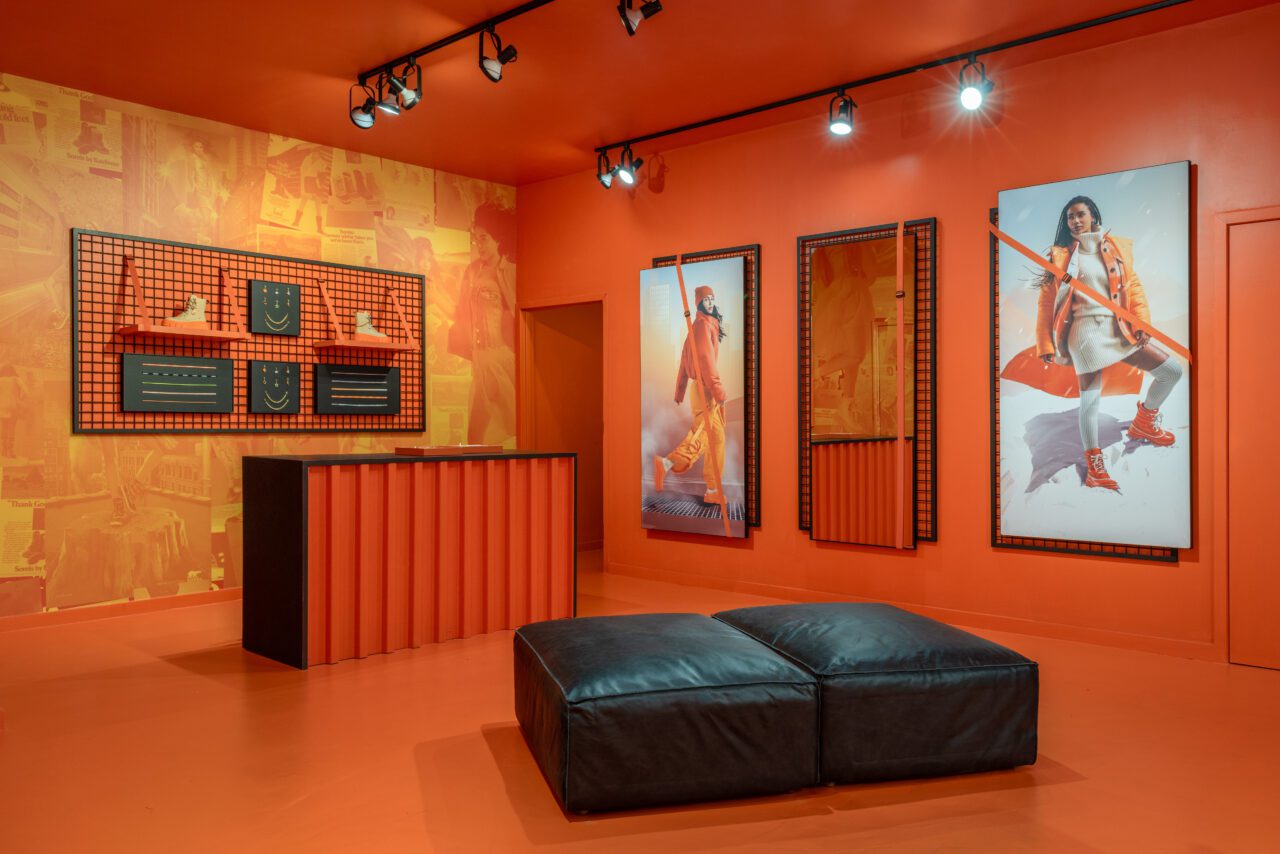
In today’s tech-driven world, retail leaders are focused on using online media and marketing to drive customer engagement. To stand out and scale in an increasingly competitive environment, marketing and CX leaders believe that having a comprehensive digital strategy is key. But in the word of CAMP, the primary goal is to have their customers put their devices down and play.
So far, the experiential retailer for families has been extremely successful in its mission: the typical family spends up to two hours in CAMP stores, browsing products and capitalizing on each location’s unique features and experiences. CAMP will continue to stay true to its mission as it continues its brick-and-mortar expansion. By the end of 2021, the retailer will have nine stores nationwide, with new locations set to open in Boston, Los Angeles and New Jersey.
But or its latest New York City store at The Shops in Columbus Circle, CAMP is focusing on the power of creativity. The location, aptly called Art CAMP, is reminiscent of summer camp and its myriad of activities. Touting a kaleidoscope of colors, interactive installations and modular spaces, visitors can choose their own adventure and bask in newfound creative freedom: they can leisurely browse products, do arts and crafts, partake in theater workshops and even join an impromptu story time around a play camp site and fireplace.
“For our CEO and founder Ben Kaufman, the birth of CAMP as a whole was built around this notion of having a space for parents and kids to be together all the time,” explained Ari Levinson, Director of Partnerships for CAMP during an exclusive interview and tour of the space. “We’re targeting millennials who have kids between 4 and 9 years old because he would wake up every morning and wonder what he was going to do with his kids. Living in a place like New York, there are a ton of experiences but a lot of them are expensive or they take a long time to get there or they’re designed for Instagram — not real life. CAMP, however, is designed to be a space for families to come and play together.”
On the first floor, consumers can shop a vast array of merchandise — from the hottest L.O.L Surprise! releases to the beloved games that millennial parents played in their youth, such as Pretty Pretty Princess. Kids can even hop on the CAMP Speedway to test-drive the store’s selection of scooters, plasma cars and drivable wildlife creatures. Near the main entrance is a sequin-laden dance cabin where visitors can have mini dance parties and tinker with interactive digital instruments on the floors.
Integrating nostalgic toys with new brands and buzzworthy products helps encourage organic discovery and play, explained Levinson. “This floor is meant to be completely open, free play. Our goal at CAMP is never to sell a product first; it’s just to get people surrounded by things that they might enjoy.” CAMP also makes a point to merchandise stores based on specific categories or types of play rather than age or gender. By bundling dolls, dress-up items and apparel into non-binary clusters, kids are encouraged to discover and interact with products that organically excite them rather than feeling confined to specific rules or boundaries.
Interactive Spaces Inspire Product Testing and Creation
While the first floor is designed to inspire families to play and revel in toy nostalgia, the second floor inspires parents and kids of all ages to get immersed in the Art CAMP experience and explore all facets of the visual arts.
Visitors can purchase $15 timed-entry tickets to “rent space” and enjoy the entire creation space. Ticket fees are then credited toward any activity. For example, visitors can throw paint around in the Splatter Room, create colorful spin art, tie dye a t-shirt or duffle bag or even get messy in the Slime Lab. If customers prefer to “grab and go,” tickets can be exchanged for any product, even curated craft boxes that they can do at home.
“One thing we’re eventually going to explore is a program that allows parents to drop off their kids on a Friday for two hours, so they can go out and have dinner together,” Levinson said. “Our CAMP counselors, which is what we call our associates, will do crafts with the kids, play a movie and get pizza.”
Free play allows shoppers to get their creative juices flowing, but if visitors prefer something more structured, Art CAMP has a running schedule of events and classes. Programming is designed for kids of all ages, so they can build their own pool noodle monsters, learn how to create their own clay and even take classes on theater, storytelling and STEM.
Photos courtesy of CAMP.



